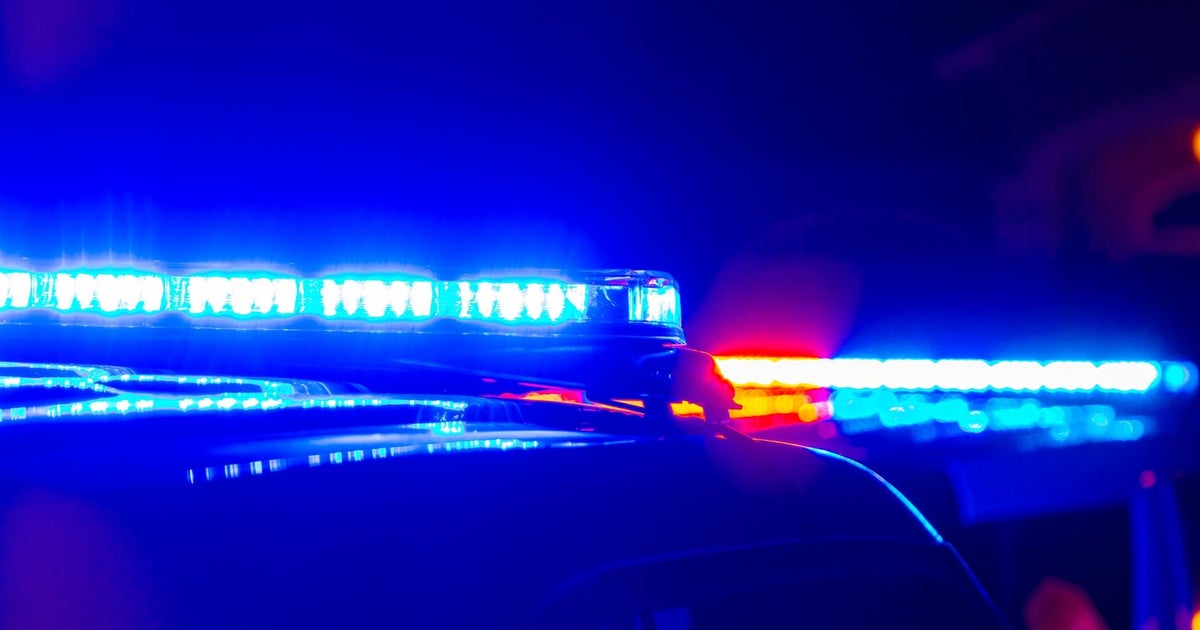Low Snowpack Levels Increase Concerns Over Potential California Drought
SACRAMENTO (CBS SF) -- California's Department of Water Resources (DWR) conducted a snowpack survey Thursday that found it was down almost 20% from the annual average, leading to concerns over a possible drought.
The survey, the department's fourth this year, also found that the state's snowpack level is 59% of the average for this time of year, or 16.5 inches. Typically the snowpack is at its highest on April 1.
While there is some snow on the ground today at Phillips Station, there is no doubt California is in a critically dry year. State agencies, water suppliers and Californians are more prepared than ever to adapt to dry conditions and meet the challenges that may be ahead," said DWR Director Karla Nemeth. "With climate change impacting how precipitation falls in California, ongoing water efficiency and long-term efforts like recycling water, capturing stormwater, and planting water-friendly landscapes are essential to securing California's water future."
Water officials and experts already sounded the alarm about a possible "Megadrought" this year, similar to what the state first began experiencing in 1999. According to the U.S. Drought Monitor, the 90% of the state is already seeing drought conditions.
READ MORE: Lack Of Spring Rain Leads to State To Worry About Possible Megadrought
"We're looking at the second dry year in a row. In California that pretty much means we have a drought," Jay Lund, a civil and environmental engineering professor at the University of California, Davis, told the Associated Press.
Water officials say the severity of the issue can be seen at Lake Oroville, the State Water Project's largest reservoir, which has a water level at 53% of average. Statewide, following 2020's below average water levels, California's major reservoirs are at just 50% of capacity. The amount of water expected to enter California's reservoirs when the snowpack melts is projected to be just 58% of average.
There are some bright spots in the Northern and Central part of the state, where California typically receives 75% of its annual precipitation. The few storms that impacted California this year have been colder, bringing more snow than rain to the Sierra, which accounts for 30% of California's annual fresh water supply.
Also, officials say the state is much more prepared for droughts than it was in 1999. During the drought period from 2012-2016, then-Gov. Jerry Brown ordered a 25% reduction in water use. This led to residents taking shorter showers and letting their cars get dirty. Reportedly, many homeowners replaced their lawns with artificial grass or desert succulents.
But when Brown officially declared the end to the statewide drought emergency four years ago, he pushed residents to continue conserving water. He warned, "the next drought could be around the corner."



